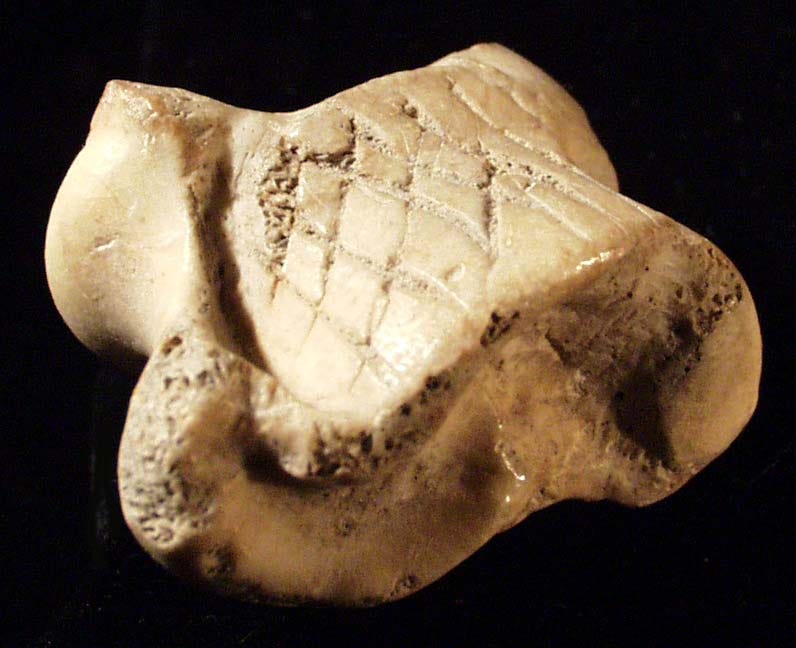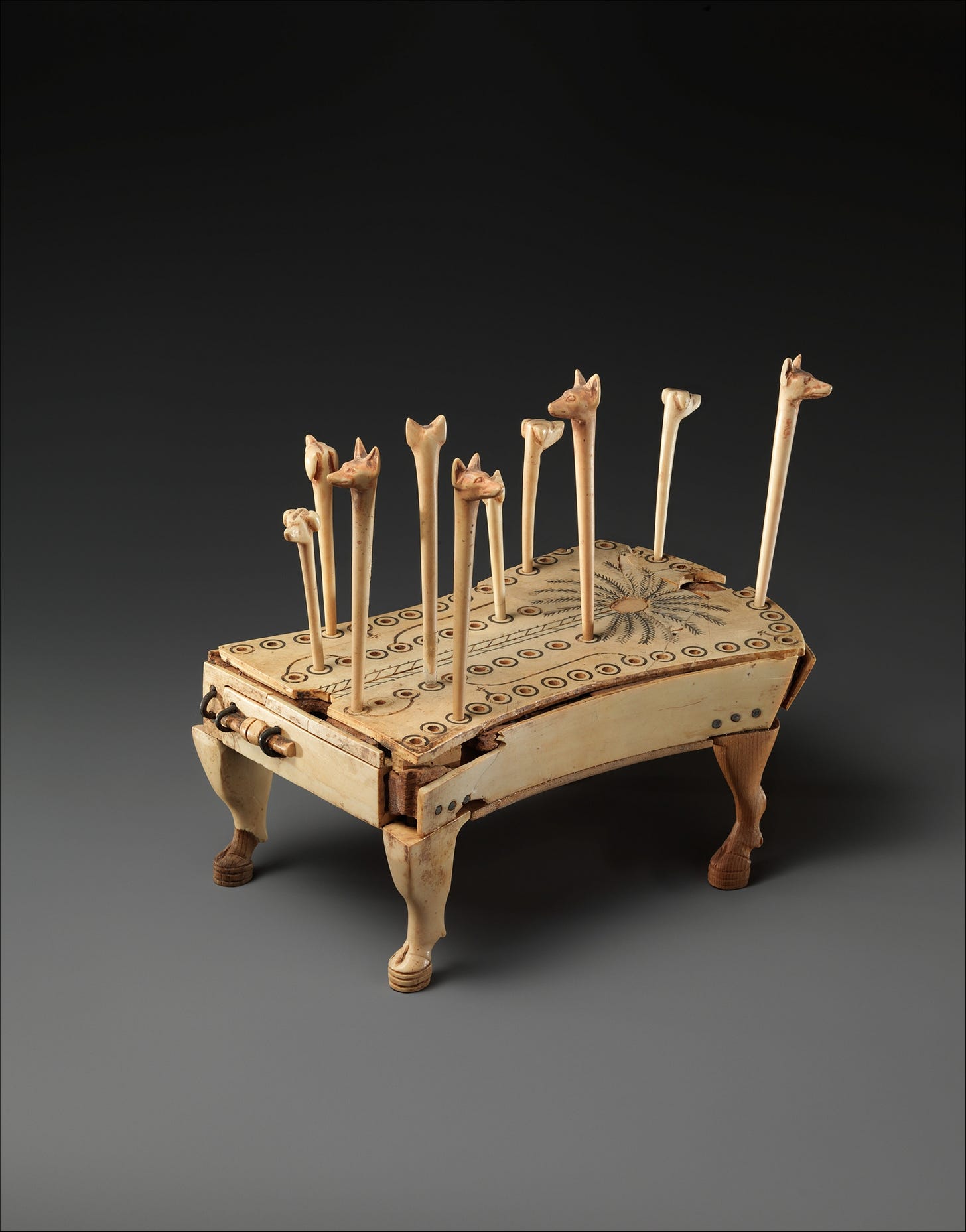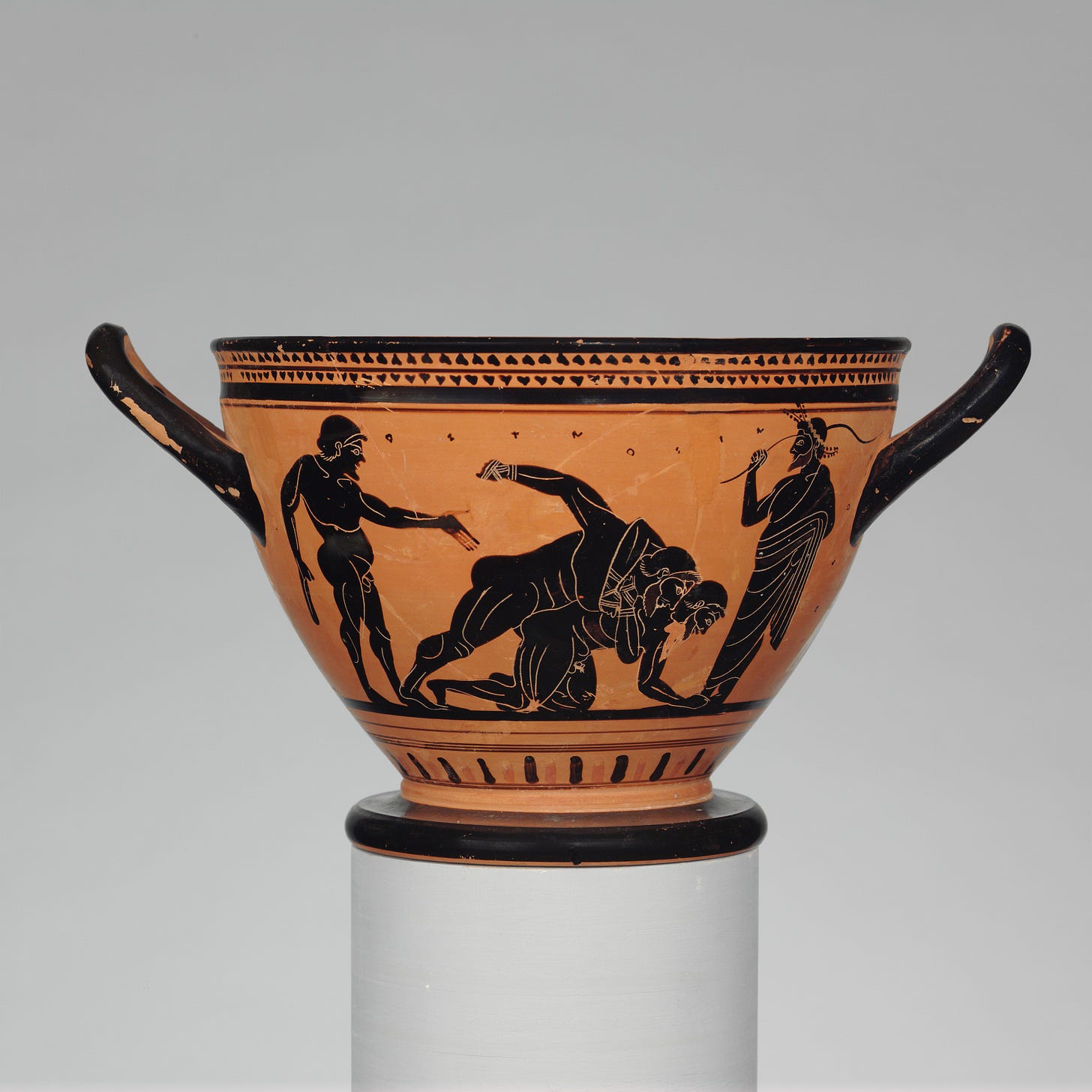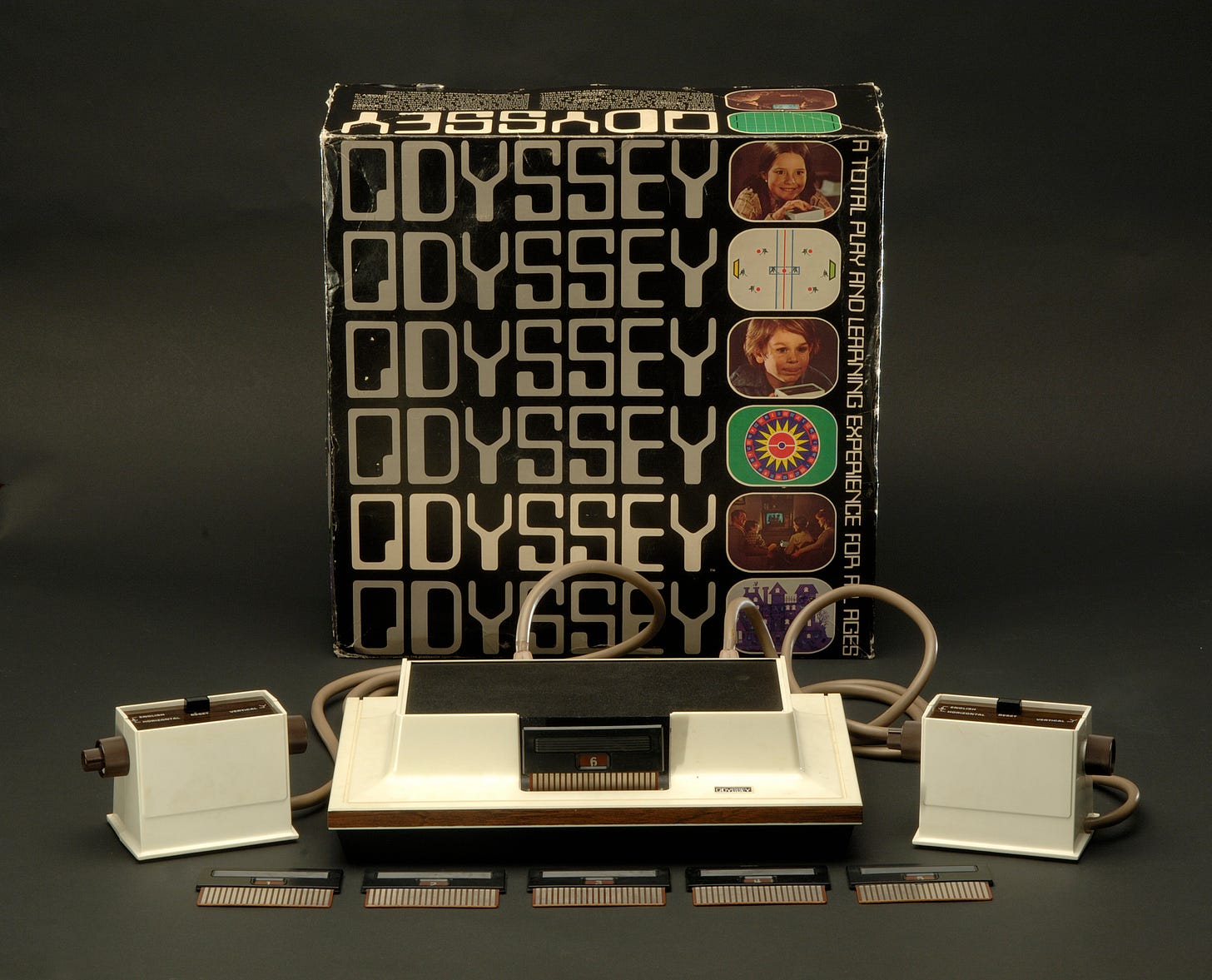Episode 1: Introduction & a Nickel Tour of the History of Games
Show Notes
Brian introduces the series with info on his background, then outlines the podcast's mission: providing an historical overview of digital learning games. Then, we're off on a "nickel tour" of the history of games going back to antiquity, all the way through the early days of videogames, to provide the backdrop for what's to come.
Notes & Resources
Talus Bone Dice
The earliest clear evidence of games we have are ancient dice, made from the talus bone (part of the ankle joint) of cattle from around 3000 BCE. This article from Smithsonian Magazine discusses an archelogical find from Israel of many talus bones, and another one of their uses: divination, where they’re known as astragali.
Other Ancient Games
We have many surviving examples of board games from the ancient world, including Hounds and Jackals (pictured above), The Game of Ur (playable online version), Senet (playable online version) and the Chinese game of Go (playable online version), the oldest surviving game we know that’s been continuously played through to the present day. Though they likely started as pure entertainment games, these games had complex rulesets and were repurposed as learning games to train strategic thinking.
The First Educational Games
Though we have evidence of people engaged in what we would today call athletic activities from cave paintings dating to 15000 BCE, around 2000 BCE is when we see the first competitive sports. Since these early competitive sports served a training role — like an archery competition helping prepare archers for combat — they probably qualify as the first educational games in the sense of being developed for explicitly educational purposes.
The drinking cup pictured below, crica 500 BCE, is thought to depict the Pankration, a Greek sport that might be considered a distant ancestor of Ultimate Fighting, combining elements of kickboxing and wrestling. Here, the athletes compete under the eyes of a trainer and spectator.
Early Videogames
While these (mostly) aren’t learning games, it’s useful to know a few key milestones in the history of digital gaming as a backdrop for what’s to come:
1958 - Tennis for Two, the first videogame, played on an ociliscope and developed at the Brookhaven National Laboratory, which has a fantastic page on the game and its creation.
1962 - Spacewar!, the first digital game. Built for the PDP-1 microcomputer, it was developed at MIT and shared by enthusiastic university students, making it the first game to achieve distribution as well. It’s a surprisingly sophisticated game for its time, featuring two-player spaceship combat in a star’s gravity well, powered by an early physics engine. You can play versions online today.
1971 - Galaxy Game, a coin-operated version of Spacewar!, and thus the first arcade game and first commercial game. Also, early evidence of the game industry recyling ideas. It survived in the student union at Stanford until 1979 (the photos in the link are from an exhibition of the game, which is now housed at the Computer History Museum, at Stanford in 1997).
1972 - The Magnavox Odyssey (pictured below), the first in-home videogame and first game console. The Odyssey established many trends we still see in consoles today: sleek industrial design, controllers and removable cartridges for games that could be purchased separately from the system. Unfortunately, it was capable of displaying only four graphical objects and had no ability to handle game logic, though the designers found clever ways of getting around these limitations. The Odyssey’s game library even included a few educational titles.




